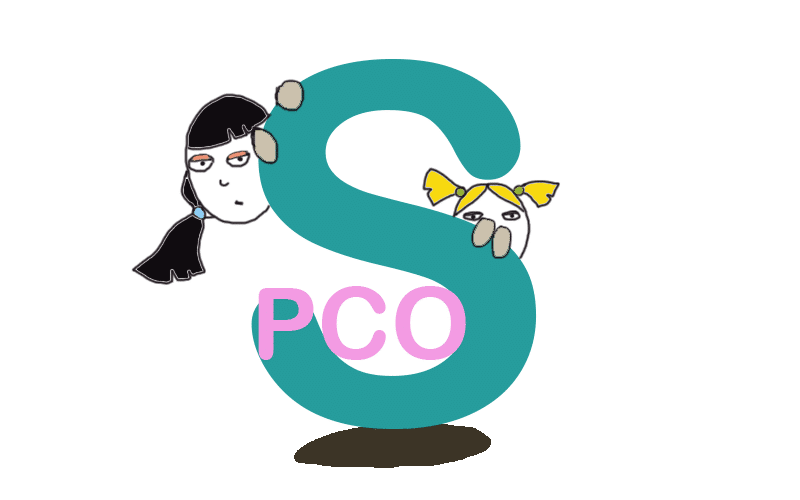The difference between PCO and PCOS
Figuring out if you have PCO or PCOS is important, because despite their similar names, they are quite different.
The definition of polycystic in either case is an ovary that has 12 or more follicles seen under ultrasound, which are the little blisters that appear and disappear before ovulation, each containing an egg.
The follicles must be between 2-9mm in diameter, and the ovaries must have increased volume (>10ml). A woman cannot be on the pill or other hormonal birth control when this strict observation is determined.
No follicle can be greater than 10mm in diameter or the test must be repeated on day 2-4 of the next menstrual cycle, during your period.
Because many women with polycystic ovaries have infrequent periods, this can be harder than it might appear at first glance, so a suitable time will be devised by your doctor. This ultrasound will likely be performed via the vagina except in certain circumstances.
PCO – polycystic ovaries = many cysts on your ovary or ovaries, which is normal, resolving naturally over time
PCOS – polycystic ovarian syndrome = an insulin resistance condition that causes interruptions to your hormones, presenting with many immature follicles found in the ovaries, called cysts (but actually follicles)
Polycystic ovaries (PCO)
PCO is a normal finding under ultrasound – one in four women has PCO, and it is not a disease or condition, and does not need treatment.
PCO matters if you are trying to have a baby, but otherwise it will resolve by itself in most cases. The follicles only need to be in one ovary for this diagnosis.
Polycystic ovarian syndrome (PCOS)
PCOS is a syndrome which means a collection of symptoms that are found together. Two of three criteria must be met for a diagnosis, including polycystic ovaries under ultrasound, infrequent or absent ovulation, and high androgens (though you may just be sensitive to androgens, and not have more of them).
About nine per cent of fertile-age women having PCOS, being the most common hormonal disorder affecting women. A few conditions must be excluded before PCOS can be diagnosed, including tumours on the ovaries or other hormonal disorders.
PCOS has an insulin resistance tendency underlying it, with excess insulin causing the ovaries to produce excess androgens. These androgens interrupt normal menstrual cycles, causing the ovaries to often remain in the follicular phase for too long, instead of ovulating, resulting in the ovaries appearing to be polycystic under ultrasound.
How to get a diagnosis of PCO or PCOS
If you don’t get regular periods, you may need to prompt your doctor for a proper diagnosis or either PCOS or PCO. If you have PCO, you may have another issue that needs solving, but if you have PCOS, you will need to figure out what your next step is going to be.
You can control your PCOS using diet and some supplements to get your blood sugar regulation back on track, get regular periods, and return to fertility. You may like to read The PCOS Solution.
Your doctor will likely put you onto the pill, but this only masks your symptoms until you go off the pill, often to try to get pregnant.
It’s better to solve the problem now, and not wait until you want to get pregnant, because it may delay your pregnancy more than is desirable.






